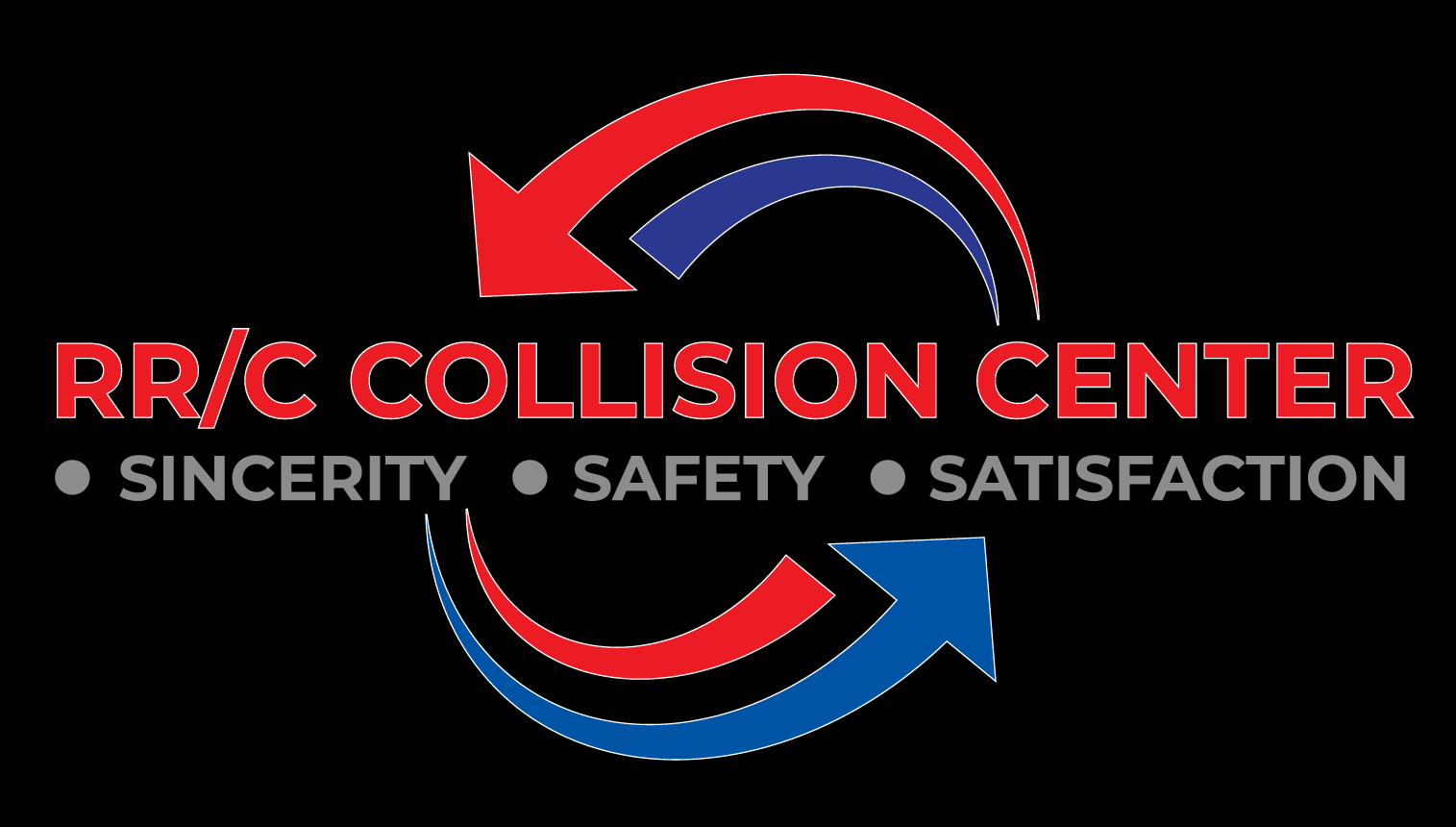Paint damage is a common problem that occurs in collision incidents, leaving unsightly marks and scratches on vehicles. Fortunately, there are several effective techniques available to address such damage and restore a flawless finish. In this blog post, we will explore the various paint repair methods and discuss the importance of seamless paint matching in collision repairs.
Paint Repair Techniques
- Touch-Ups: Touch-ups are ideal for minor paint damage, such as small chips and scratches. This technique involves applying a small amount of paint to the damaged area, followed by blending and smoothing to match the surrounding surface. Touch-ups are quick and cost-effective, providing an effective solution for localized paint damage.
- Spot Blending: Spot blending is a technique used to repair larger areas of paint damage. It involves carefully feathering the edges of the damaged area and blending new paint into the surrounding panels. Spot blending requires skill and expertise to ensure a seamless transition between the repaired and original paint.
- Full Panel Refinishing: In cases where the paint damage is extensive or affects an entire panel, full panel refinishing may be necessary. This technique involves removing the damaged paint, preparing the surface, and applying a new coat of paint to the entire panel. Full panel refinishing ensures a uniform appearance and is essential for achieving a flawless finish.
Seamless Paint Matching
Seamless paint matching is crucial in collision repairs to achieve a result that is indistinguishable from the original paintwork. Here are some key considerations for ensuring a flawless paint match:
- Color Matching: Matching the exact color of the original paint is essential. Automotive paint suppliers use color codes to identify specific shades, and skilled technicians can utilize computerized color matching systems to find the closest match. It is important to account for variations in hue, brightness, and metallic or pearl effects to achieve an accurate color match.
- Paint Application Techniques: Applying the new paint with precision and consistency is vital for seamless paint matching. Professional technicians use techniques such as spray guns, ensuring even coverage and texture that mimics the surrounding panels.
- Blend and Feather: When blending new paint into the existing finish, it is crucial to feather the edges to create a smooth transition. This process eliminates any visible lines or demarcations between the repaired and original paint, resulting in a seamless repair.
In conclusion, addressing paint damage in collision repairs requires expertise and attention to detail. Whether employing touch-up techniques for minor damage or opting for spot blending or full panel refinishing for more significant repairs, achieving seamless paint matching is crucial for a flawless finish. By following the right techniques and relying on skilled professionals, vehicles can be restored to their pre-damaged condition, enhancing their overall appearance and value.
